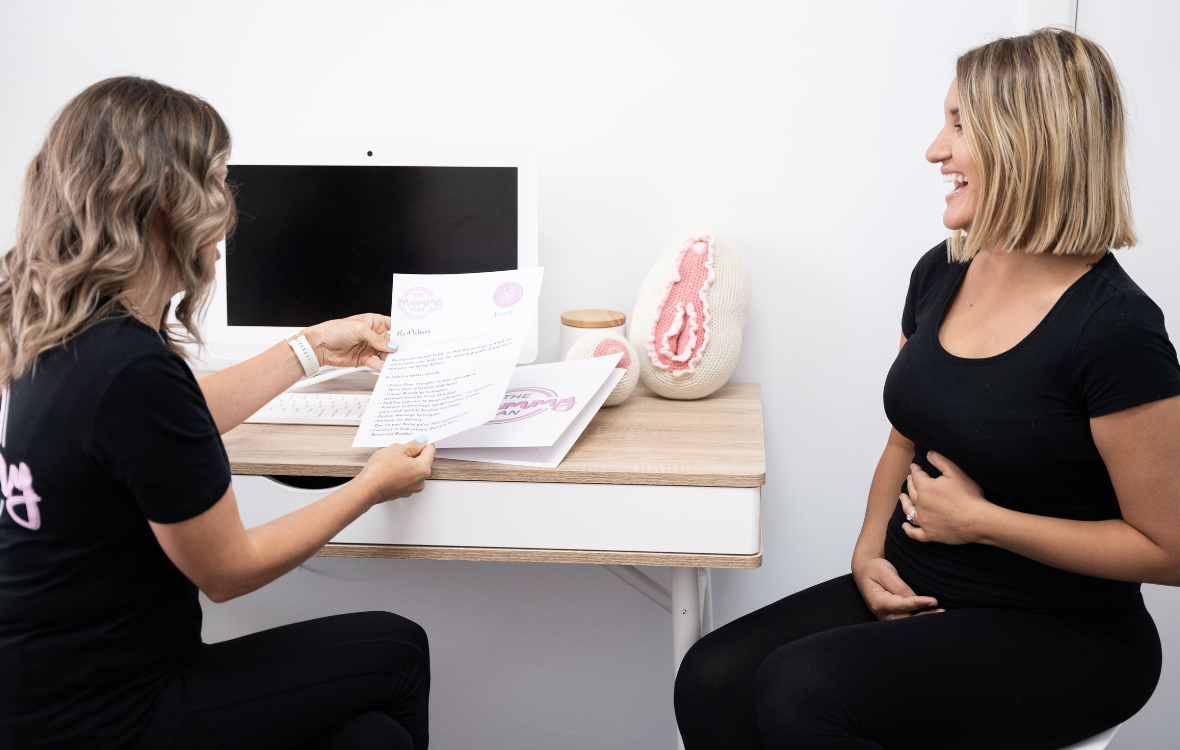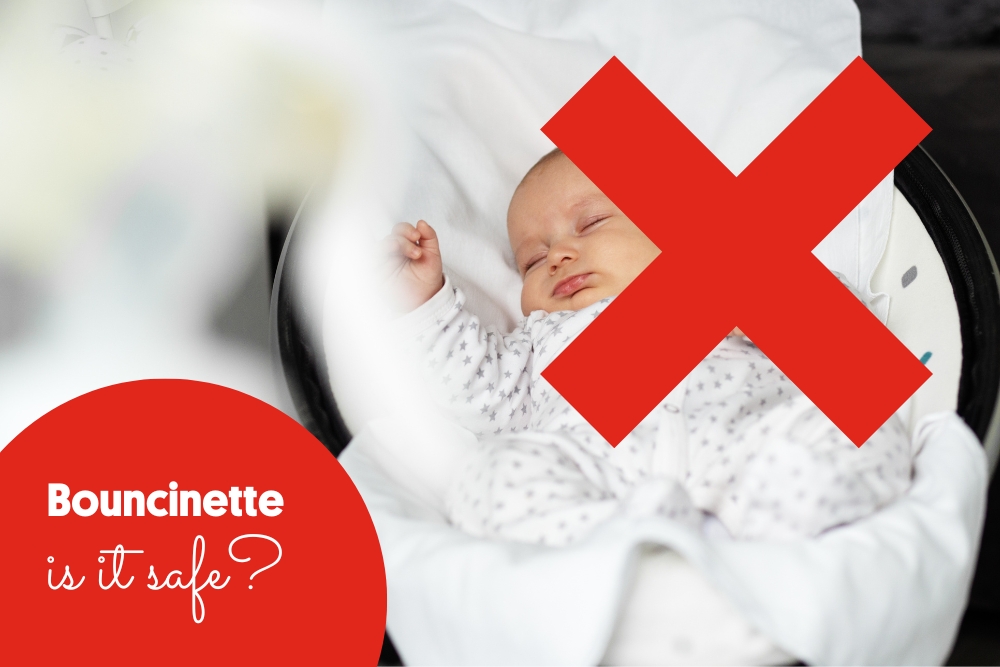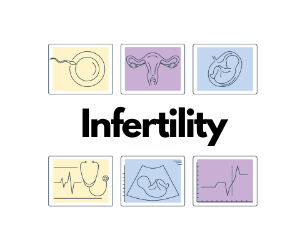For some women, labour and childbirth can be a liberating and validating experience, trusting the power of the female body to conquer one of nature’s most primal, earthy and truly natural events. The rhythmic uterine tightenings are not called contractions but rather “surges” that facilitate the ultimate release of their precious bundle of new life into the world. These women relish in the sensations that the process delivers and would not want it blunted or removed for any reason.
For other women, contractions in labour just hurt!
And while it is great to get a baby at the end of the process, anything that decreases the pain is eagerly accepted, if not demanded.
In a recent report, The Australian Institute of Health and Welfare reports about 78% of labouring women have some form of pain relief. While just over half use nitrous oxide gas, over 35% of women choose an epidural over other options such as, injections of morphine or pethidine, sterile water injections into the back, bouncing on an exercise ball, hot packs or birthing pools.
Of these pain relieving options, more questions are raised about epidurals than any other method.
An epidural involves the placing of a small plastic tube between that vertebral bones in a woman’s back so that it lies in the space just outside the sac that contains the brain and nerves. This tube this secured with sticky tape and then Anaesthetists can continuously pour a solution of local anaesthetic and low-dose narcotic down this tube to bathe the nerves as they exit the sac. By blocking these nerves, pain can be completely eliminated while maintaining the ability of the woman to push when it is time to deliver her baby.
We bust the five most common myths about epidurals in labour!
They are dangerous and you can get paralysed!
In Australia, Epidurals are only inserted by suitably qualified doctors with specialist training after the treating obstetrician has determined a labouring woman is suitable. As with all medical procedures, there are risks but these can usually be managed with simple measures. The risk of a permanent harm resulting from an epidural in labour is less than one in 240,000.
More common side-effects like a fall in blood pressure which can cause dizziness and nausea occur in around 15% of cases but this is easily managed by increasing intravenous fluids or by the administration of a drug to raise blood pressure. In around 1% of cases the sac containing the brain and spinal cord can be punctured leading to a leak of the cerebro-spinal fluid and headache which may require a small procedure called a “blood patch” with some of the woman’s own blood is injected into the space to help seal the leak.
Allergic reactions occur in less than 1% of cases and injection of the local anaesthetic mixture into the wrong space occurs in around 1%. One of the most concerning side effects from a labouring woman’s point of view may well be that in less than 1% of cases, the epidural doesn’t work or leaves a “window” where pain can still be felt.
They won’t let you feel anything at all during the labour and you won’t be able to push your baby out.
Modern epidurals use drugs that specifically target only the thinnest nerve fibres which carry pain and temperature. The thicker insulated or myelinated nerve fibres that make muscles work are not blocked by these drugs and so pushing should not be affected. In fact women can have so-called “walking epidurals” where provided there is sufficient staff to support her, a labouring woman can walk freely with an epidural in place to take away the pain but not affect her ability to mobilise.
The dose of drug that is sent down the tube can be either increased or decreased to achieve just the right amount of pain relief. Some women prefer to feel pressure and discomfort while other women prefer to feel less. Only if a cesarean section is required, is the dose dialled up so the woman is completely numb and can’t feel anything.
You only have a limited period of time to get your epidural and if you miss this “window” you can’t have one.
The process to insert an epidural is the same no matter what stage of the labour or delivery a woman is at. There is simply no truth to this myth at all!
Although it is obviously easier for the anaesthetist to insert a needle between the spines of your backbone when you are not writhing in uncontrollable pain, it can be done at any stage of the labour.
It might not be the best idea however If the baby’s head is on view or crowning. In this situation, it is probably faster to get on and push the baby out or use other local methods of pain relief like a pudendal block rather than an epidural. Epidurals can even be inserted after the actual delivery of the baby if there is a reason to provide pain relief such as a significant tear requiring repair or retained placenta requiring manual removal.
An epidural will harm your baby.
Simply not true! One of the reasons for the increasing popularity of epidurals is that they are much safer for the baby than other pain relieving methods like narcotic injections. The drugs poured down the epidural tube do not cross the placenta provided they are in the right place and so babies are not born drowsy or affected by narcotic.
Epidurals cause blood vessels in the mother’s circulation to open up and this is the reason for her blood pressure dropping in up to 20% of cases (an effect that is very advantageous in labouring women with high blood pressure) . Another welcome side-effect of opening up these blood vessels may be to increase the blood flow through the placenta and in fact increase the oxygenation of the baby during labour making it better able to cope with the stresses that uterine contractions place on placental blood flow.
Finally, an epidural will increase your chance of needing to have a cesarean section to deliver your baby.
Lots of studies done all around the world do not support this myth and an epidural does not increase the need for cesarean section. In fact in some studies suggest that, by taking away the pain, the release of stress hormones like adrenaline, are decreased in the mother and this may make the uterine contractions work more efficiently to turn a posterior baby and enable a normal vaginal delivery. Other studies suggest that while epidurals do not increase the rate of cesarean section, they may increase the rate of assisted vaginal delivery with vacuum or forceps. Some researchers argue this is not related to the technique of epidural pain relief per se but rather to old-fashioned more dense epidural blocks affecting the mother’s ability to push.
Newer drugs used in epidurals that target just the sensory nerves run the motor nerves and are thought to be less likely to have this effect.
No matter how your baby comes out, pain and discomfort is truly a personal and individual experience that is different for every woman. The choice of whether or not to access pain relief is up to each individual woman and her requests and preferences must be respected. Whether you choose no pain relief at all, holistic measures like aromatherapy and relaxation music or more medical approaches to pain relief like epidurals, it is important to be armed with the facts in this article has hopefully help to dispel some of the myths surrounding epidural pain relief in labour.









